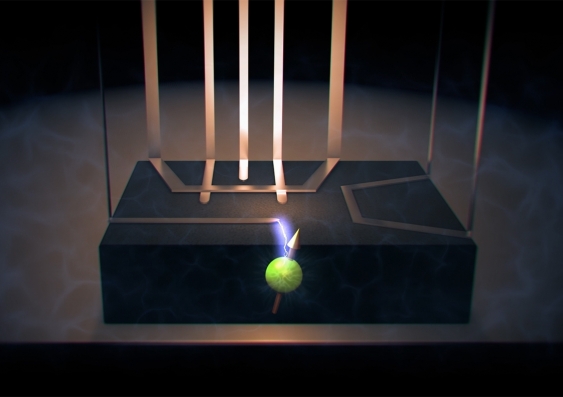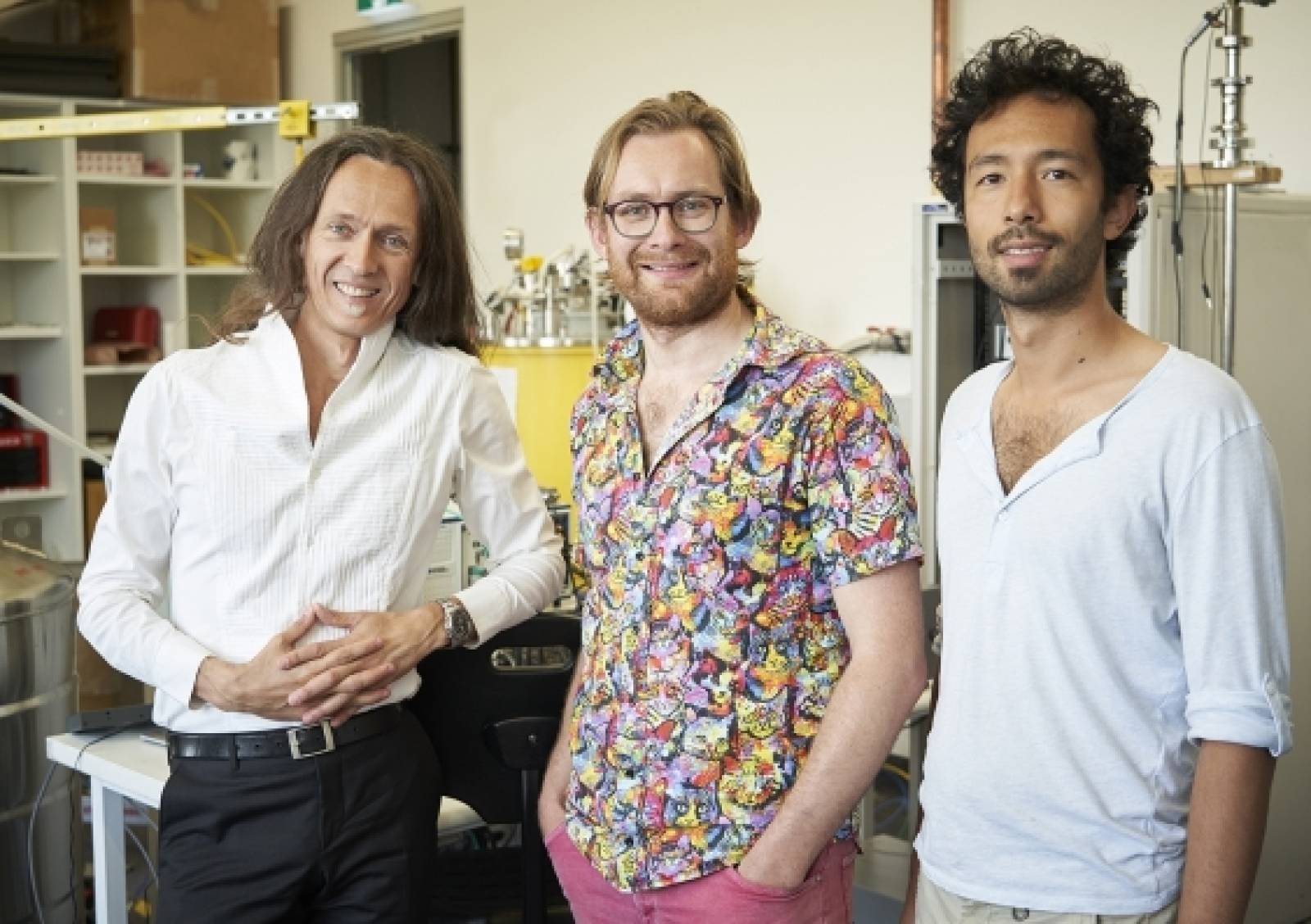Another success is due to luck.
Nearly 60 years ago, the Nobel Prize-winning physicist, Nicolaas Bloembergen, predicted the existence of nuclear power resonance. But like many eminent scientists, his remarks were too many steps ahead. The perception of science had to run for 58 years to catch up.
Evidence of the existence of nuclear power resonance has just emerged in a laboratory at the University of New South Wales (UNSW), Australia; This is not just a random discovery, but it also came from … broken scientific research equipment. The breakthrough allows scientists to manipulate the nucleus like never before and is likely to accelerate quantum computing development.
The idea behind this discovery is that it is possible to control the particle’s rotating state by electricity rather than by a magnetic field. That is, we can refine the kernel more efficiently and accurately, and based on this ability, many other industries can achieve breakthroughs, not just quantum computers.

“” The discovery means we have a way to build a quantum computer using the rotation state of only one atom without the need for a vibrating magnetic field, ” said quantum physicist Andrea Morello.
” Moreover, we can use these nuclei as precise sensors for electric and magnetic fields, or explain the core problems of quantum science .”
In some cases, nuclear power resonance can also replace nuclear magnetic resonance – a concept that has appeared in many industries such as ray scanning technology, chemical processing, etc.
In the past, nuclear resonance needed a large power source and large space. You can see the multifunction magnetic resonance machine – fMRI. Not only that, magnetic resonance is not highly accurate technology: if you want to control a single atomic nucleus – applications for quantum computers or microscopes – then magnetic resonance does not bring high efficiency.
” Creating magnetic resonance is like moving a marble at a billiard table by shaking the whole table, ” Professor Morello said. “The ball is still rolling, but the other marbles on the table are affected .”
“The breakthrough of electrical resonance lies in that as if we had a stick to poke a ball, bring it where we want it. “

From left to right: Professor Andrea Morello, Dr. Vincent Mourik, and Dr. Serwan Asaad
While testing nuclear magnetic resonance, UNSW researchers decipher the mystery that Bloembergen has been suggesting since 1961, which mostly belongs to the broken antenna. After scratching their heads for a long time on unexpected results, the scientists broke down: their device failed, and the result was nuclear power resonance.
Rebuilding the experiment using a computer model, the team could observe how the electric field affected the nucleus at the atomic level, causing the atomic bonds around the nucleus to distort and rearrange themselves.
Now that they know that nuclear resonance exists, they will find a way to put it into practice. The list of “unfortunate” scientific breakthroughs was one line longer.
” This milestone will open a series of discoveries and new applications,” Professor Morello said. “” The system we create is complex enough to study reality from a quantum perspective .””
“And yet, we can use the existing system to make an electromagnetic sensor with unprecedentedly high sensitivity .”
The research was published in Nature.
Refer to ScienceAlert





